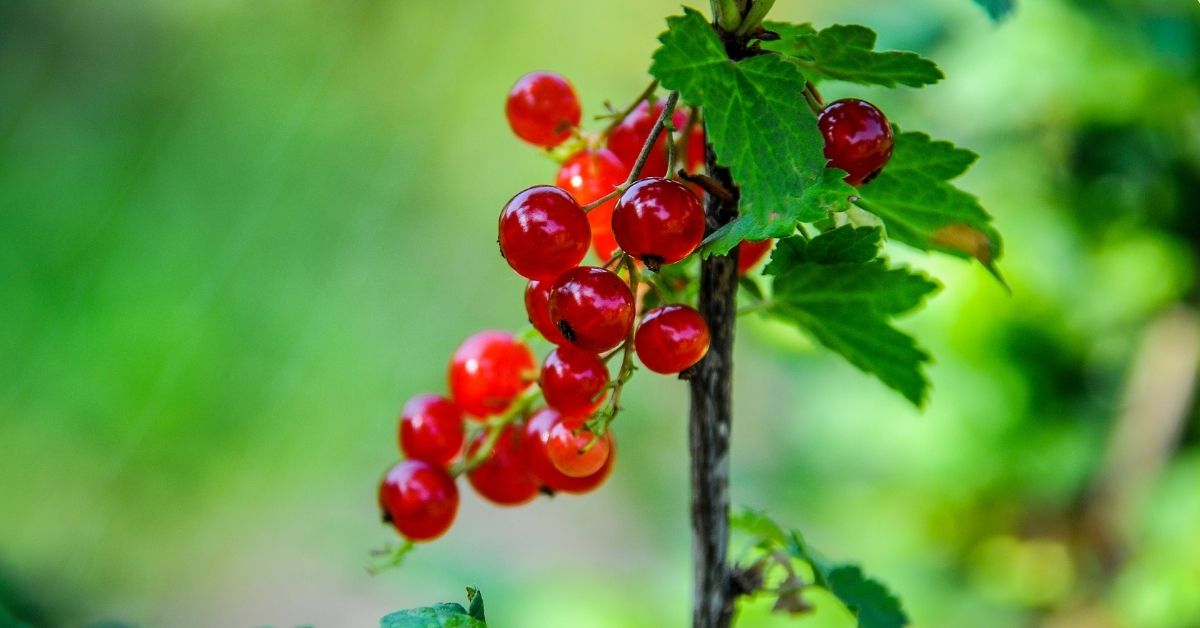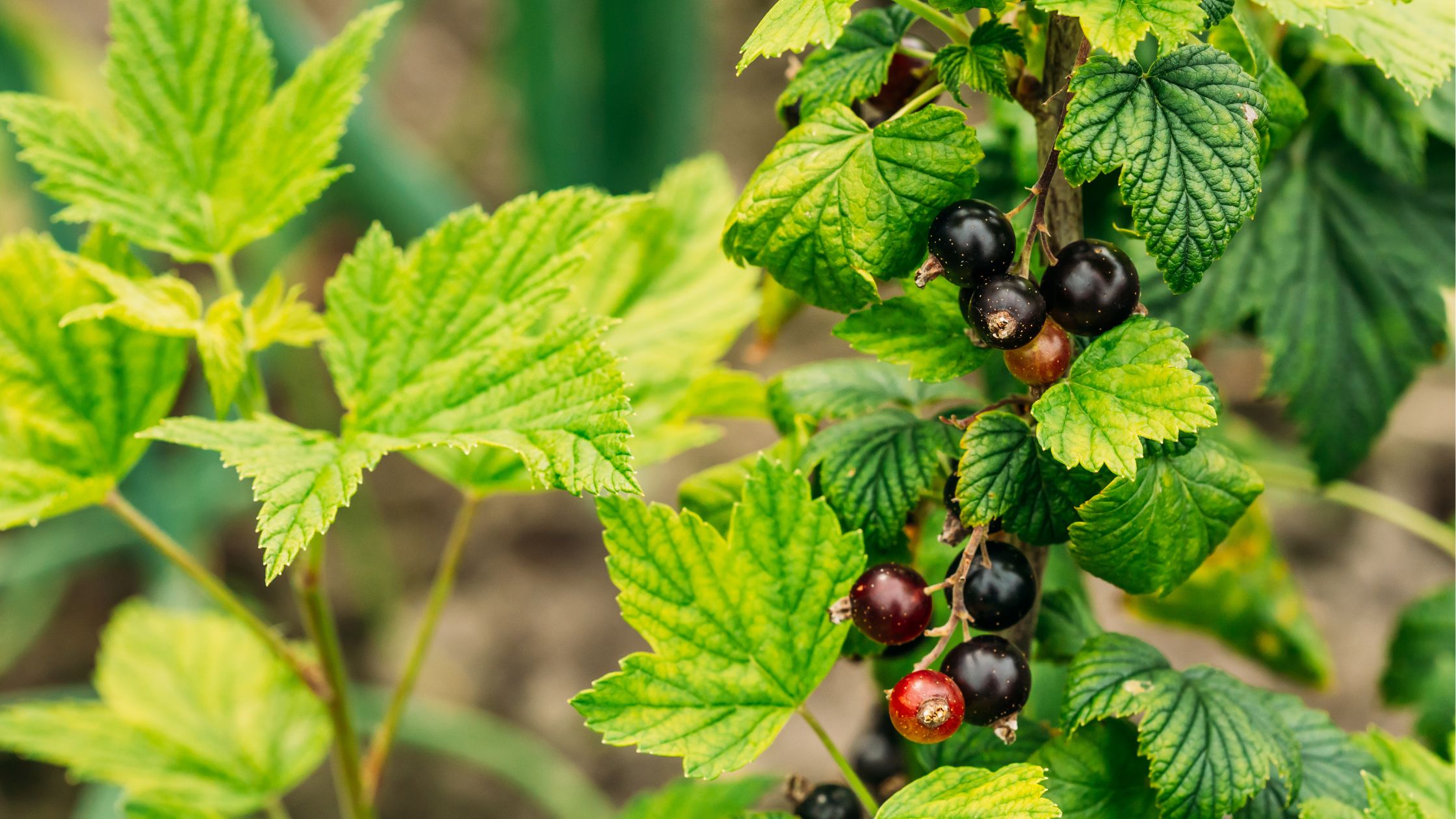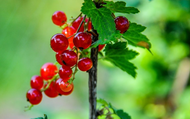Posted by Shannen Godwin on 17th Jun 2021
How to Plant Currants

If you are a home gardener and want to grow something which will adorn your garden and at the same time will be useful to you (rather than being just showy), consider currants! They are a beautiful fruit (and its flowers too) to look at, as well as being an excellent source of home grown produce for using in your own recipes. In this blog, we’ll be covering all the areas of planting currants, from varieties, planting instructions and aftercare to make your gardening jobs easier.
Celebrated for their high vitamin C content, currant berries make an excellent addition to your fruit garden and to a healthy diet. There are many reasons to grow them; firstly, they are extremely easy and hassle-free to grow, so you require not much knowledge of gardening; secondly, they give you a large yield of a highly nutritious food item that will enhance your garden’s looks with delightful colours. With their main varieties being black, red and white, these are sweet and sour flavourful fruits that come in the following varieties (typically classified by their colours).
Redcurrants
The humble Red Currant Berry have really proven to be an enduringly popular choice among fruit gardeners. Red currants are typically used for making jellies, juices, purees and more. They are usually self-pollinating plants but, in some conditions, benefit from cross-pollinating with another variety, like another red or white variety.
Our Currants Red Lake are a vigorous species due to their prolonged
periods of blooming and ripening. This is a simple to grow variety producing
heavy crops of red berries year after year. An ideal choice for both
experienced and amateur gardeners; our ‘Red Lake’ is perfect for harvesting
your own produce for that summer vitamin boost.
Blackcurrants
Blackcurrants are known for their strong flavour that makes the perfect addition to recipes for juices, pies, jellies and so much more.
Blackcurrants are self-fertile plants, so we recommend planting blackcurrant plants close to each other, like our Blackcurrant Wellington XXX. This popular choice was established around sixty years ago and is a perfect addition to any gardens big or small, all you need is some space on the patio for a pot. A traditional variety, our Blackcurrant XXX produces heavy crops of fruit annually to give you an abundance of produce year after year.
White currants
White currants plants are a variety of sweet, succulent berries with a grape-like flavour, perfect for serving fresh for a summer treat. Just like red currants, white currants are too usually self-pollinating but can cross-pollinate with other varieties. Perfect soft fruit additions to the garden for a bountiful and sweet April/May harvest.
Currant White Versailles is an easy fruit to grow, making them a perfect choice for both experienced and amateur gardeners. Producing a heavy crop of white berries on trailing trusses year after year, this particularly sweet variety is a perfect choice for the cool conditions of the north of England, as they thrive best in cooler climates.
Planting
Here is our easy-to-follow guide for planting a garden full of currants for summer fruit.
- Plant between autumn through to spring.
- Use well-drained, weed-free soil enriched with well-rotted manure.
- Plant in a sunny or at most a dappled shade position.
- Plant with tip of stem at soil level and approx. 150cm apart and 150cm between rows.
- Water well after planting and daily afterwards in dry weather.
- Same planting process applies for potted plants.
Tips
- Train as an open centred, goblet-shaped bush – this allows light and air to flow freely around the branches and makes picking easier.
- Add additional mulch every year to bring your currants plants up to the proper depth.
- Keep the soil moist by watering from the time they begin growing in spring until after harvest.
- Add some fertiliser once a year in the early spring.
Aftercare
- Remove fallen leaves from your currants plants and other plant debris before snowfall.
- Prune anytime between October and March; this will improve sun exposure to the plant and help to maintain good air circulation.
- Beginning in the fourth year, prune out the oldest wood annually.
- Remove any weak new growth.

